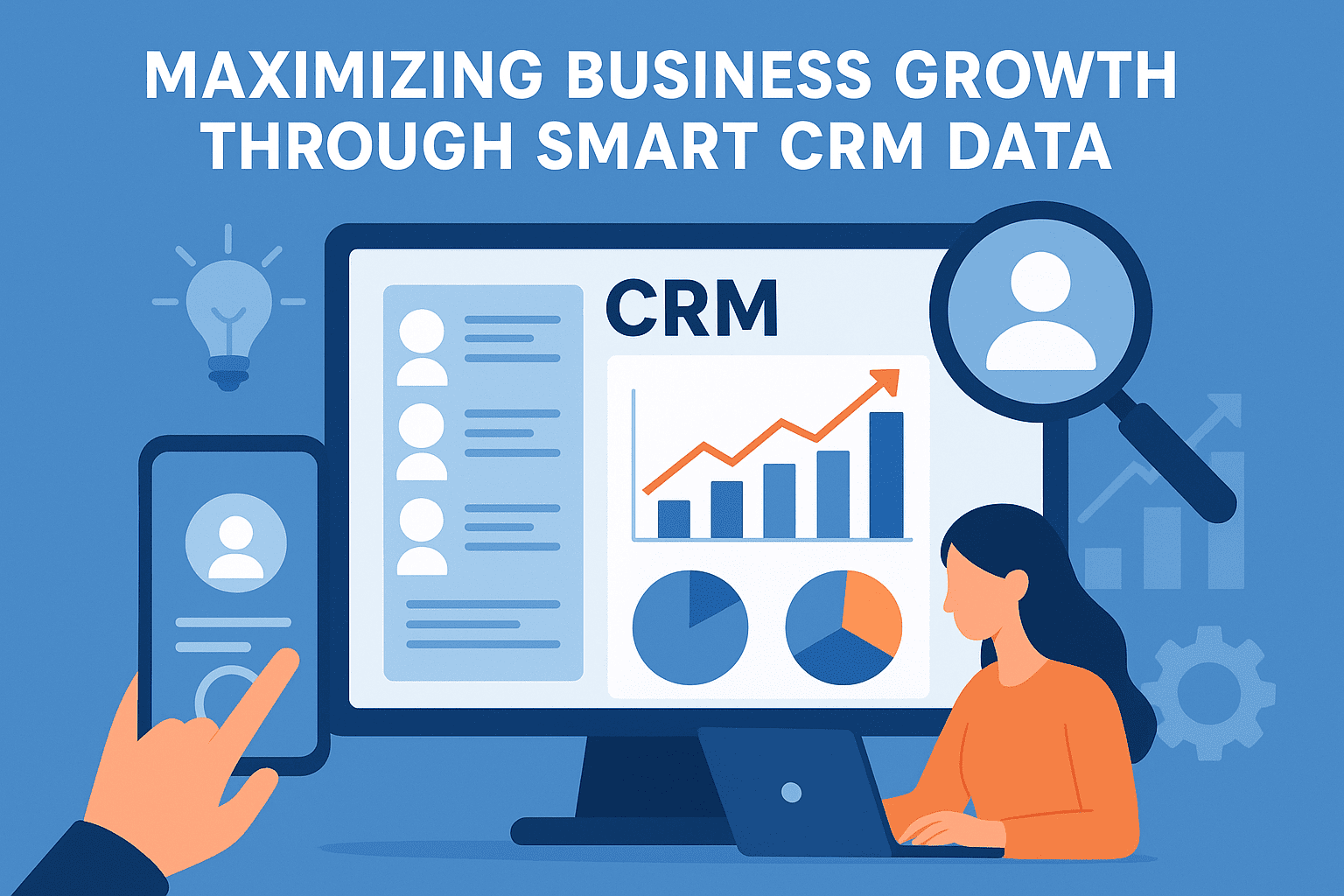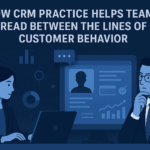bigvana – In today’s competitive digital economy, businesses are swimming in data — from customer interactions and purchase histories to social media behavior. Yet, what separates successful organizations from the rest is not the amount of data they collect, but how effectively they use it. Building on the ideas explored in “The Hidden Power of CRM Data: Turning Customer Insights into Action,” this article delves deeper into how companies can leverage CRM data to maximize growth and strengthen customer relationships.
From Data Collection to Strategic Intelligence
Many businesses still treat CRM systems as simple contact databases — a place to store names, emails, and transaction histories. However, modern CRM platforms are far more powerful. When properly implemented, CRM data can uncover customer pain points, forecast buying behaviors, and even identify hidden opportunities for cross-selling or upselling.
The true value emerges when companies integrate their CRM with other digital tools such as marketing automation, analytics dashboards, and AI-driven chatbots. This integration allows data to flow seamlessly across departments, ensuring every team — from sales to customer support — operates with a unified view of the customer journey.
Personalization: The Heart of Modern Marketing
One of the most impactful uses of CRM data lies in personalized customer experiences. By analyzing past interactions, purchase frequency, and engagement trends, businesses can craft hyper-targeted messages that resonate with each individual customer. For example, an e-commerce company can send tailored product recommendations based on previous purchases, while a B2B firm can anticipate a client’s needs before renewal periods.
This level of personalization doesn’t just increase conversions; it strengthens trust and loyalty. When customers feel understood and valued, they are more likely to become long-term brand advocates.
Predictive Insights for Proactive Decisions
The next evolution of CRM data lies in predictive analytics. With the help of machine learning, CRM systems can identify trends and predict future outcomes. This enables businesses to anticipate customer churn, optimize marketing campaigns, and manage inventory with greater accuracy.
For instance, a company might notice that a certain customer segment tends to reduce engagement after three months. Armed with this insight, the marketing team can launch a retention campaign before the decline happens — turning data into proactive strategy.
Breaking Down Silos for a Customer-Centric Culture
A major challenge in many organizations is data fragmentation. Sales, marketing, and customer service often operate in silos, each with its own version of customer information. This disconnect prevents teams from seeing the bigger picture.
By centralizing data within a CRM system, businesses can break these silos and foster collaboration. A unified data approach not only improves communication between teams but also ensures that every decision is informed by accurate, real-time insights.
Conclusion: Turning Insight into Action
CRM data is more than just a business tool — it’s a strategic asset that, when properly harnessed, fuels smarter decisions, deeper connections, and sustainable growth. Companies that learn to transform raw customer information into meaningful action will not only stay ahead of their competitors but also create lasting value for their customers.
In the end, success isn’t about how much data a business owns, but how effectively it listens to what that data is trying to say.












